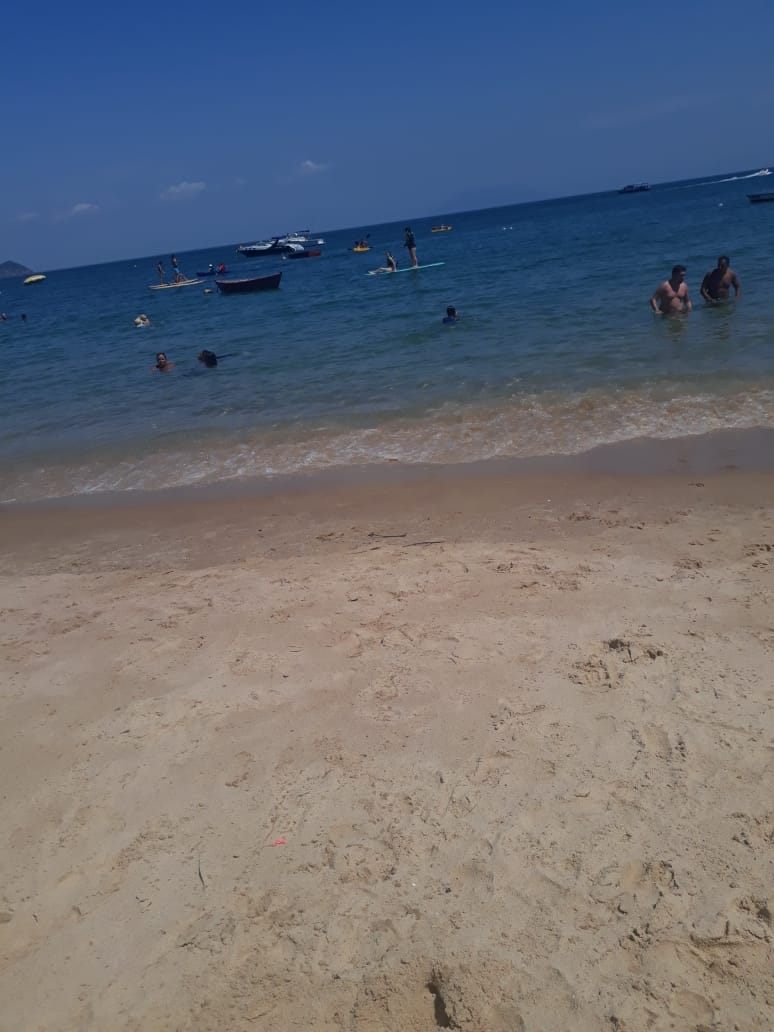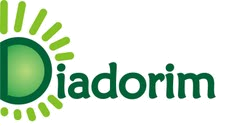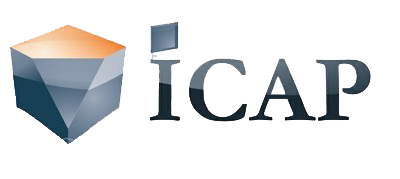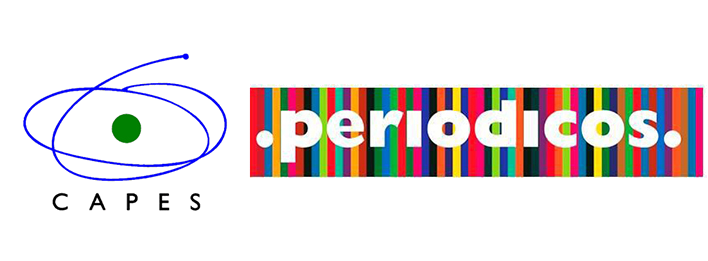Capital Criativa da Europa: aspectos da criatividade urbana em Lisboa
aspectos da criatividade urbana em Lisboa
DOI:
https://doi.org/10.29149/mtr.v4i1.5047Palavras-chave:
Cidades criativas, Criatividade, Cultura, Desenvolvimento, LisboaResumo
Esse estudo tem como tema central a cidade de Lisboa e sua relação com a criatividade. Os investimentos na indústria criativa utilizados como um dos pilares estratégicos para o fim da crise, renderam a transformação de Lisboa em um polo de artistas, pensadores e criadores de várias partes do mundo, se destacando na área da cultura e da criatividade em nível mundial. Nesse contexto, este trabalho tem como objetivo analisar se os elementos que tornaram Lisboa a Capital Criativa da Europa são percebidos pelos residentes e visitantes. Para tanto, utilizou o método exploratório descritivo por meio de revisão bibliográfica e pesquisa de campo com análise de cunho qualitativo. Entre os resultados foi possível identificar que tanto os residentes quanto os visitantes de fato a reconhecem como uma Cidade Criativa. Pode-se destacar como os principais elementos presentes de Lisboa sob o ponto de vista dos participantes da pesquisa: uma cidade que busca melhorar as oportunidades aos cidadãos e gerar desenvolvimento mantendo a cultura e tradição do seu povo; uma cidade que se reinventa e está receptiva a novas ideias; uma cidade que busca inovação mantendo as tradições e a historicidade local; investe na proposta da economia criativa como fator de desenvolvimento; uma das cidades que mais preserva sua história ao mesmo tempo que incorpora novos atrativos; após atravessar uma crise, teve que se reinventar. Festivais, oportunidades, apresentações. Cidade receptiva a várias culturas; uma mistura do tradicional com o tecnológico, possui diversos espaços disruptivos, startups, etc e a população está inserida nestes espaços; assim como sua história e tradições são preservadas e cultuadas, há uma Lisboa moderna, voltada para o futuro. Os participantes também consideram Lisboa uma cidade com bastante talentos, tecnologia e tolerância, o que constitui os 3 Ts desenvolvidos por Florida. A pesquisa realizada espelhou muito bem os conceitos de uma Cidade Criativa trazidos pelos renomados autores da área.
Referências
ALTO COMISSARIADO PARA MIGRAÇÕES. (05 de dezembro de 2017). Fonte: http://www.acm.gov.pt/inicio
Bardin. L. (2004). Análise de conteúdo. 3. Ed. Lisboa: Edições 70.
CÂMARA MUNICIPAL DE LISBOA. (08 de maio de 2018). Fonte: <http://www.cm-lisboa.pt/investir/setores-estrategicos/economia-criativa>.
Florida, R. (2011). A ascensão da classe criativa e seu papel na transformação do trabalho, do lazer, da comunidade e do cotidiano. Porto Alegre: L&PM.
Freitas, A. (05 de dezembro de 2017). Por que Lisboa é a nova capital criativa da Europa. Fonte: <https://www.nexojornal.com.br/expresso/2015/11/13/Por-que-Lisboa-%C3%A9-a-nova-capital-criativa-da-Europa>.
INSTITUTO NACIONAL DE ESTATÍSTICA – INE (05 de dezembro de 2017). Estimativas anuais da população residente. Fonte: <https://www.ine.pt/xportal/xmain?xpid=INE&xpgid=ine_indicadores&indOcorrCod=0006031&contexto=bd&selTab=tab2.
Landry, C. (2011). Cidade criativa: a história de um conceito. In: Reis, A. C. F.; Kayagema, P. Cidades criativas – perspectivas. São Paulo: Garimpo de Soluções & Creative Cities Productions.
Landry, C. (2013). Origens e futuros da cidade criativa. São Paulo: SESI-SP editora.
LATA 65 (05 de dezembro de 2017). Workshop de arte urbana para idosos. Fonte: https://www.facebook.com/Lata65?fref=ts.
LX FACTORY (05 de dezembro de 2017). Fonte: http://www.lxfactory.com/PT/lxfactory/
Malhotra, N. K. (2001). Pesquisa de Marketing: uma orientação aplicada. 3. ed. Porto Alegre: Bookman.
PRODANOV, Cleber Cristiano; FREITAS, Ernani Cesar de. Metodologia do trabalho científico [recurso eletrônico]: métodos e técnicas da pesquisa e do trabalho acadêmico. 2. ed. – Novo Hamburgo: Feevale, 2013.
Reis, A. C. F. (2012). Cidades Criativas: da teoria à prática. São Paulo: SESI-SP editora.
Kageyama, P. (2011). Cidade Criativa. In REIS, A. Carla F.; KAGEYAMA, Peter (Orgs). Cidades Criativas: Perspectivas. São Paulo: Garimpo de Soluções.
REIS, A. C. F. (2010). Cidades criativas: soluções inventivas: o papel da copa, das olimpíadas e dos museus internacionais. Recife: FUNDARPE.
Riboldi, B. (05 de dezembro de 2017). Lisboa é eleita a capital criativa da Europa. Conheça os motivos. Fonte: http://www.conexaolusofona.org/lisboa-e-eleita-a-capital-criativa-da-europa-conheca-os-motivos/
Rodrigues, S. (05 de dezembro de 2017). Lisboa é a cidade com mais dinâmica cultural da Europa. Fonte: http://visao.sapo.pt/actualidade/sociedade/2017-07-06-Lisboa-e-a-cidade-com-mais-dinamica-cultural-da-Europa.
STARTUP LISBOA. The Lisbon Incubator (05 de dezembro de 2017). Fonte: http://www.startuplisboa.com/.
VILLAGE UNDERGROUND LISBOA (05 de dezembro de 2017). Fonte: http://vulisboa.com/index.php.
Vivant, E. (2012). O que é uma cidade criativa? São Paulo: Editora SENAC.
Downloads
Publicado
Como Citar
Edição
Seção
Licença
Autores que publicam nesta revista concordam com os seguintes termos:
- Autores mantém os direitos autorais e concedem à revista, sem ônus para a mesma, o direito de primeira publicação, com o trabalho simultaneamente licenciado sob a Licença Creative Commons Attribution que permite o compartilhamento do trabalho com reconhecimento da autoria e publicação inicial nesta revista
- Autores têm autorização para assumir contratos adicionais separadamente, para distribuição não-exclusiva da versão do trabalho publicada nesta revista (ex.: publicar em repositório institucional ou como capítulo de livro), com reconhecimento de autoria e publicação inicial nesta revista.
- Autores assumem exclusiva responsabilidade pelas suas opiniões emitidas nos trabalhos publicados nesta revista
















